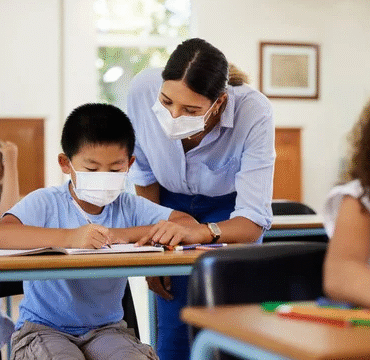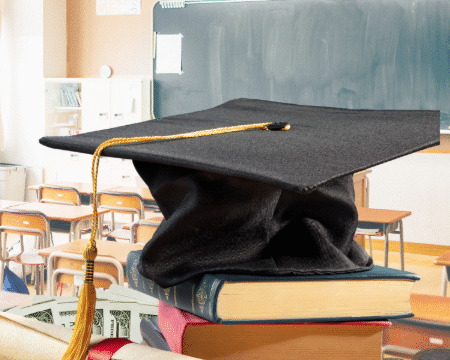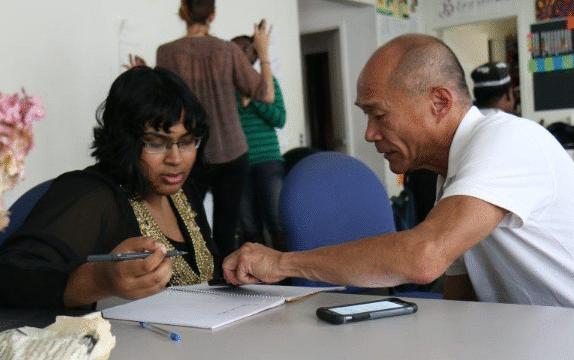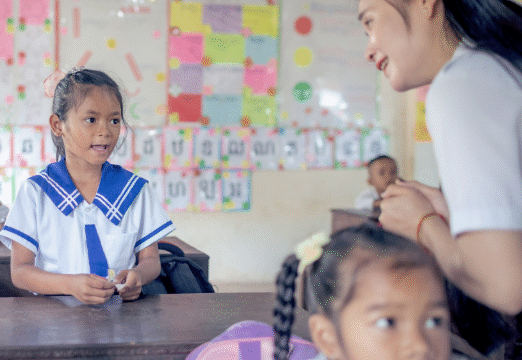Education is often described as the key to opportunity,
but access to education does not begin and end with
classrooms, teachers, and books. For many learners,
the journey to school is just as important as what happens once they arrive. Public transport plays a crucial role in making education accessible, particularly in communities where schools may be far from home. When transportation is reliable, affordable, and safe, it opens doors for students of all ages to attend school regularly and focus on their studies without the burden of long or uncertain travel.
The connection between transport and education is stronger than many realize. A child who lives several miles from school and has no safe way to get there may be at risk of missing lessons or even dropping out. Likewise, a university student who relies on public buses to reach a campus in the city can only attend consistently if those buses are dependable. In both urban and rural areas, transportation is not simply a convenience; it is a lifeline that determines whether education truly is accessible to everyone.
In rural areas, where schools may be spread across large distances, the role of public transport becomes even more visible. Families in villages often cannot afford private vehicles, and walking long distances may be unsafe, especially for young children. When governments or communities invest in bus routes that connect villages to schools, they create real opportunities for learning. These buses reduce absenteeism, give children the chance to arrive on time and less tired, and relieve parents from the worry of unsafe travel. Something as simple as a school bus route can be transformative in ensuring that every child, regardless of where they live, has an equal chance to learn.
Urban settings tell a different story but with similar challenges. Cities may have more schools and universities, but traffic congestion and the high cost of commuting can stand in the way. Public transport systems like subways, trams, and buses provide affordable ways for students to get around. For example, student passes or discounted fares offered in many cities reduce the financial burden of commuting and encourage attendance. When a student can travel across the city for a small fee, they are more likely to take advantage of opportunities, whether attending evening classes, joining extracurricular activities, or visiting libraries. Without accessible transport, these experiences remain out of reach for many.
The benefits of public transport extend beyond physical access to classrooms. Reliable transport also reduces stress and supports better learning outcomes. Imagine a teenager who must walk an hour to school each way. By the time they arrive, they may be too tired to focus fully. A bus ride that shortens that journey to twenty minutes can make a huge difference in energy and concentration. Similarly, a college student who saves time on commuting can devote more hours to studying or participating in campus life. Transportation is not only about movement; it is about creating the right conditions for success.
Public transport also plays a role in promoting equity in education. Students from low-income families often face the greatest challenges in accessing schools that may be farther from their neighborhoods. Without affordable transport options, these students are at a disadvantage compared to peers who can afford cars or taxis. Public policies that provide subsidies or free travel for students level the playing field. They ensure that education is not determined by family income but by effort and ability. In this way, transport becomes an instrument of fairness and social justice.
There are many inspiring examples around the world of how improved transport systems have supported education. In some countries, special student shuttles have been introduced to serve rural communities. In others, urban bus networks have extended their routes to pass near schools and universities. Some governments have gone further by integrating education and transport policies, ensuring that when new schools are built, they are always connected by reliable public transit. These initiatives show that thoughtful planning can bring education closer to those who need it most.
However, challenges remain. In many regions, public transport is underfunded or unreliable. Delayed buses, overcrowded trains, and unsafe travel conditions discourage students from regular attendance. In some rural communities, the absence of transport forces families to make difficult choices about which child can attend school. Addressing these gaps requires investment and a recognition of transport as a fundamental part of the education system. It is not enough to build schools; there must also be a way for learners to reach them.
Technology is beginning to offer new solutions to the transport-education link. Mobile apps that track bus schedules help students plan their journeys and reduce time wasted waiting. Ride-sharing services, when managed safely, can complement existing networks, especially in areas where buses are not available. Digital passes make it easier to offer discounted fares and ensure that support reaches the students who need it most. These innovations, combined with strong public transport infrastructure, create smoother pathways to education.
Public transport also strengthens the community around schools. Parents feel more confident sending children to school when they know safe and reliable buses are available. Teachers who commute also benefit, ensuring that schools are fully staffed and that educators arrive on time. A strong transport system thus creates a supportive cycle: students attend more regularly, teachers are more consistent, and overall learning outcomes improve.
The environmental benefits of public transport should not be overlooked either. Encouraging students to use buses or trains instead of private cars reduces traffic congestion and lowers pollution. Cleaner air and safer roads contribute to healthier learning environments, especially in cities where pollution can affect children’s health. By linking sustainable transport with education, communities not only invest in learning but also in the well-being of future generations.
As we consider the future of education, it is clear that transport cannot be treated as separate from learning. A vision of education for all must include the journey to and from school. Policies that expand bus routes, reduce fares, and ensure safety will directly influence how many students can pursue their studies. When transport is prioritized, education becomes more inclusive, equitable, and effective.
Ultimately, the story of public transport and education is about connection. It connects children in rural areas with schools they might otherwise never reach. It connects urban students with opportunities beyond their neighborhoods. It connects families with the hope that their children can learn without barriers. And it connects societies with the promise of growth, innovation, and equality.
By strengthening public transport systems, we strengthen education itself. Every bus that arrives on time, every train that offers a safe ride, and every fare reduction for a student represents more than just transportation. It represents a step closer to making education truly universal. For communities that dream of brighter futures for their young people, investing in public transport is one of the most practical and powerful steps they can take.






